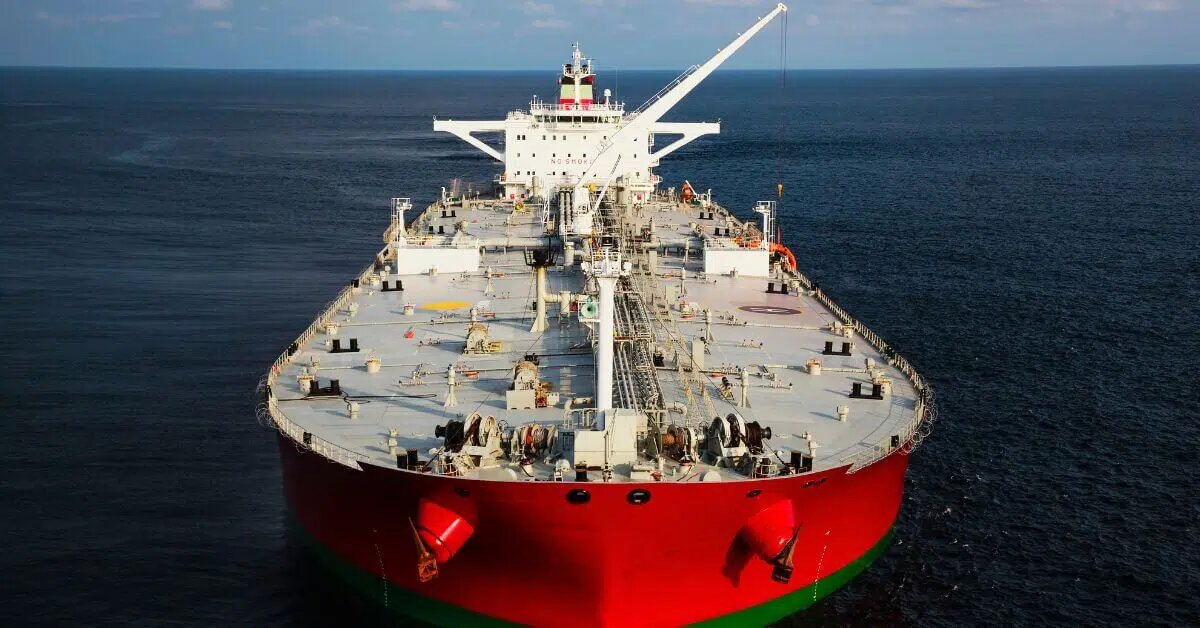According to Xclusiv, “these improvements reflect a combination of healthier Atlantic activity, firmer transpacific demand, and robust cargo flows from China, particularly in bauxite and iron ore. Analysing trade flow data from Signal Ocean Platform, it is noted that since the beginning of 2025, China has imported 165.4 million tonnes of bauxite, a sharp 26% increase year-on-year compared with the same period in 2024. This volume already nearly equals the full-year imports of 2023 and stands only 9% below the total for 2024. September has been particularly strong, with imports reaching 17.4 million tonnes, 14% higher than August and the largest monthly intake since June 2025. Guinea continues to dominate as China’s primary supplier, providing 131.45 million tonnes and accounting for 73.7% of total imports. This figure already exceeds Guinea’s full-year exports in 2024 by 6%, highlighting its rapid expansion”.
“By contrast, Australia’s role has diminished, with shipments down 26% year-on-year to 33.38 million tonnes, reflecting weaker supply dynamics and shifting Chinese procurement preferences. Capesize vessels have emerged as the clear beneficiaries of this trade. In 2025, they carried 70.9% of China’s bauxite imports, compared with 62.1% in 2024—an impressive 14% increase. Supramax carriers also improved their share, rising from 3% to 3.7% (+23%). In contrast, other vessel classes lost ground. VLOCs recorded a steep drop, falling from 9.4% to 6.2% (-34%), while Panamax and Handysize carriers each contracted by around one-third. Post-Panamax tonnage also slipped, losing nearly four percentage points to settle at 13.3% (-22%)”, the shipbroker said.
Xclusiv explained that “the growing reliance on Capesize vessels underpins their stronger earnings and emphasizes the segment’s strategic role in bulk commodity flows into China. Unlike bauxite, China’s coal imports softened during 2025. Total arrivals reached 276.1 million tonnes, down 14% year-on-year. Indonesia remained the top supplier with 140.53 million tonnes, representing 50.9% of China’s coal imports, though this was 16% lower than the previous year. Australia ranked second with 53.87 million tonnes (19.5% share), underscoring a subdued trade environment compared with the robust demand seen in 2024.China’s iron ore imports have held broadly stable compared with 2024, totaling 919.3 million tonnes so far in 2025. Australia, the largest supplier, shipped 573.57 million tonnes, a slight decline of 0.8% versus last year”.
“Brazil, however, expanded its presence, with exports rising 4% to 207.74 million tonnes. This shift highlights China’s gradual diversification of supply while maintaining high overall import levels. The combination of resilient iron ore demand, surging bauxite flows, and shifting trade patterns in coal has created a supportive backdrop for dry bulk earnings in Q3 2025. The increasing dominance of Capesize vessels in the bauxite trade, alongside stable ore volumes, suggests continued strength in the larger segments. With all vessel classes recording their strongest quarterly averages in over a year, the market enters Q4 2025 with a positive momentum, albeit with uncertainties tied to energy imports and global demand trends”, Xclusiv concluded.
Nikos Roussanoglou, Hellenic Shipping News Worldwide





